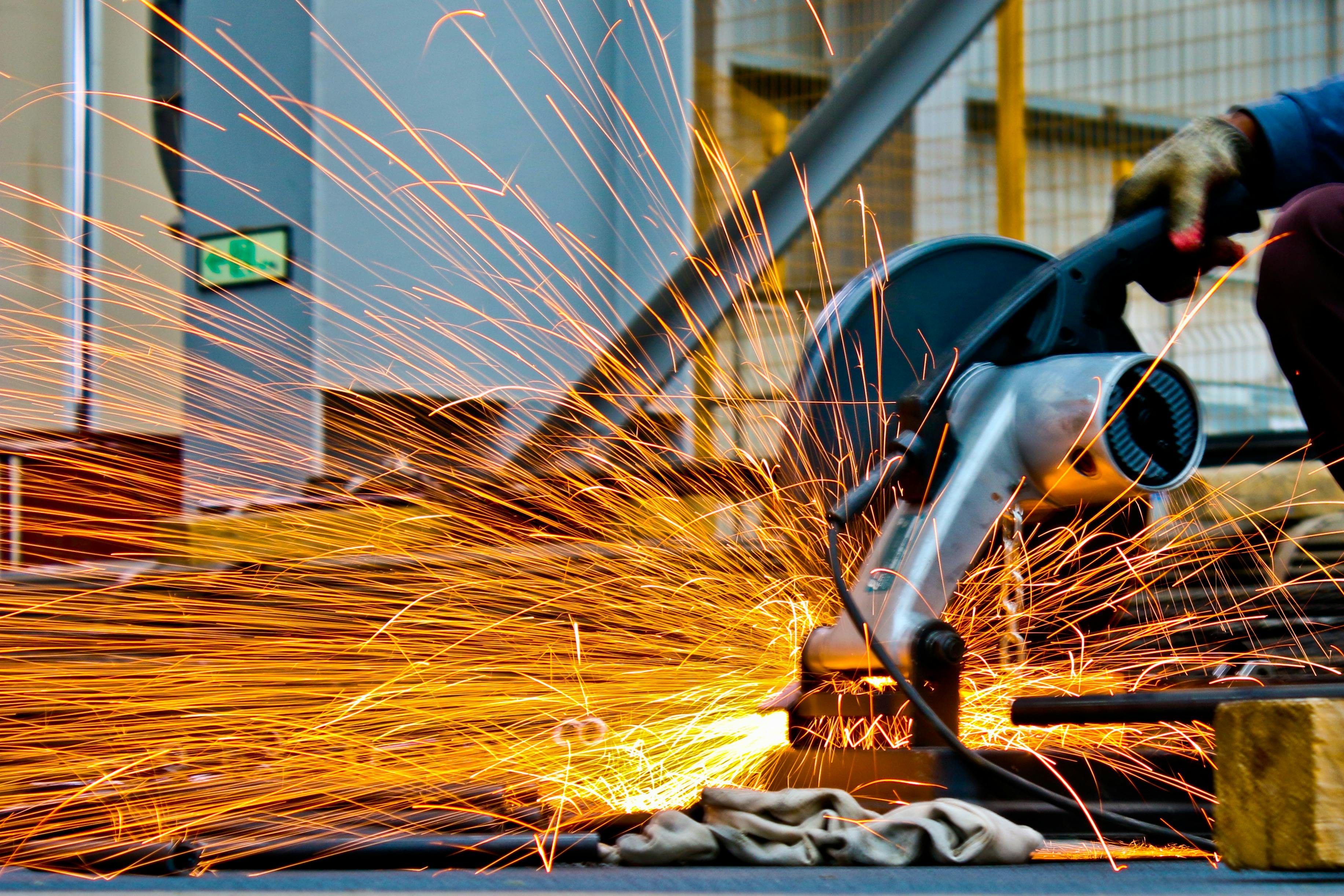Explore Welding Machine Options
Explore the different types of portable welding machines and understand their uses for various materials. This informational content highlights general details about equipment setup, maintenance, and important factors to check before purchase or use.

Learn About Portable Welders
Portable welders have revolutionized the welding industry by providing mobility and convenience without sacrificing performance. These compact machines are designed for professionals who need to move between job sites or work in confined spaces where traditional welding equipment would be impractical. Modern portable welders typically weigh between 10 to 50 pounds and can operate on standard household electrical outlets or battery power, making them accessible for various applications.
The key advantage of portable welders lies in their versatility. They can handle multiple welding processes including MIG, TIG, and stick welding, depending on the model. Many portable units feature inverter technology, which makes them lighter and more energy-efficient than traditional transformer-based welders. This technology also provides better arc stability and improved welding quality across different materials and thicknesses.
Understanding Welding Equipment
Welding equipment encompasses a broad range of tools and accessories beyond the welding machine itself. Essential components include welding torches, electrodes, filler materials, protective gear, and gas supply systems. Each piece of equipment serves a specific purpose in creating quality welds and ensuring operator safety.
The welding process requires precise control of heat, current, and material feed rates. Modern welding machines incorporate digital controls and preset programs that simplify these adjustments for different materials and joint configurations. Advanced features like pulse welding, hot start, and arc force control help welders achieve consistent results across various applications. Understanding these features enables users to select equipment that matches their skill level and project requirements.
Guide to Portable Welding Tools
Portable welding tools extend beyond the welding machine to include supporting equipment that enhances mobility and functionality. Welding carts, cable management systems, and portable work tables are crucial for maintaining organization and efficiency in mobile welding operations. These accessories help create a stable work environment regardless of location.
Battery-powered welding systems represent the latest advancement in portable welding technology. These units eliminate the need for electrical connections, making them ideal for remote locations or outdoor projects. Battery technology has improved significantly, with modern lithium-ion systems providing sufficient power for extended welding sessions while maintaining portability.
Information on Welding Devices
Welding devices vary significantly in their capabilities, power output, and intended applications. Entry-level machines typically offer basic functionality suitable for light fabrication and repair work, while professional-grade equipment provides advanced features for demanding industrial applications. Understanding these differences helps users select appropriate equipment for their specific needs.
Inverter-based welding machines have become increasingly popular due to their efficiency and compact design. These devices convert incoming AC power to DC, then use high-frequency switching to create the welding arc. This technology results in better arc characteristics, reduced power consumption, and lighter weight compared to traditional welding machines.
| Machine Type | Provider | Power Range | Cost Estimation |
|---|---|---|---|
| Portable MIG Welder | Lincoln Electric | 120-140A | $400-800 |
| Inverter Stick Welder | ESAB | 160-200A | $300-600 |
| Multi-Process Welder | Miller Electric | 200-280A | $800-1500 |
| Battery Welding System | Fronius | 130-200A | $2000-4000 |
| Compact TIG Welder | Everlast | 160-200A | $500-1000 |
Prices, rates, or cost estimates mentioned in this article are based on the latest available information but may change over time. Independent research is advised before making financial decisions.
When selecting welding equipment, consider factors such as duty cycle, which indicates how long the machine can operate continuously before requiring a cooling period. Higher duty cycles are essential for production environments, while intermittent use applications may not require maximum duty cycle ratings. Additionally, evaluate the availability of consumables, spare parts, and technical support for your chosen equipment brand.
The welding industry continues to evolve with technological advancements that improve ease of use, weld quality, and operator safety. Digital interfaces, automatic parameter adjustment, and integrated monitoring systems are becoming standard features in modern welding equipment. These innovations make welding more accessible to newcomers while providing experienced welders with enhanced control and precision.
Choosing the right welding machine depends on your specific applications, budget constraints, and portability requirements. Consider factors such as the materials you’ll be welding, the thickness range of your projects, and whether you need multi-process capability. Proper equipment selection ensures efficient operation and quality results while maximizing your investment in welding technology.




